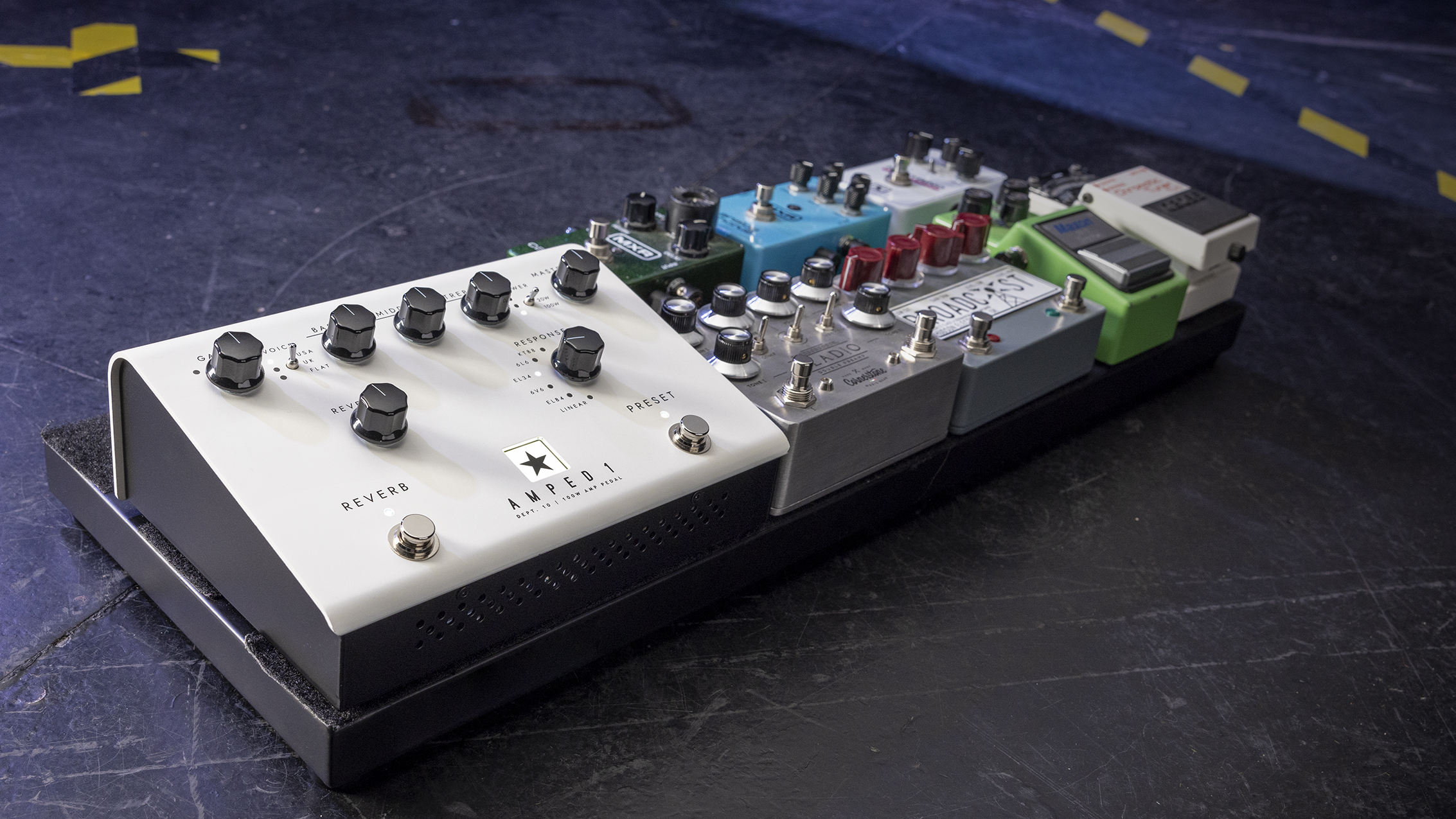
Pedal-based amps have been around for a while but the last couple of years have seen them take off with companies including Universal Audio, Blackstar, TC Electronic, Walrus, Strymon and Victory all getting in on the action. And that's great news for us players because every company is offering something distinct, and with that comes options on how to use and take advantage of their potential on your pedalboard.
Pedal amps are distinct from multi-effects pedals and combined modellers in that they're primarily preamps or preamps combined with a power amp stage with cab simulation. The idea is you use them alongside the effects pedals on your pedalboard. But the lines can blur; some amp pedals now offer a few effects alongside their core proposition, and there are valve-driven amp pedals as well as those using solid-state modelling technology. The market has now become rich with choices in a relatively short time.
None of these choices have to be approached as a permanent replacement for traditional guitar amps; they can be, but they can be used as an alternative in scenarios where an amp isn't practical or possible; recording, headphone-based practice and jamming… and jumping on the train to a gig or band practice with a very light rig. Overall, amp pedals give us options but getting the best out of them or choosing the right amp pedal for you needs some consideration.
1. IRs are important
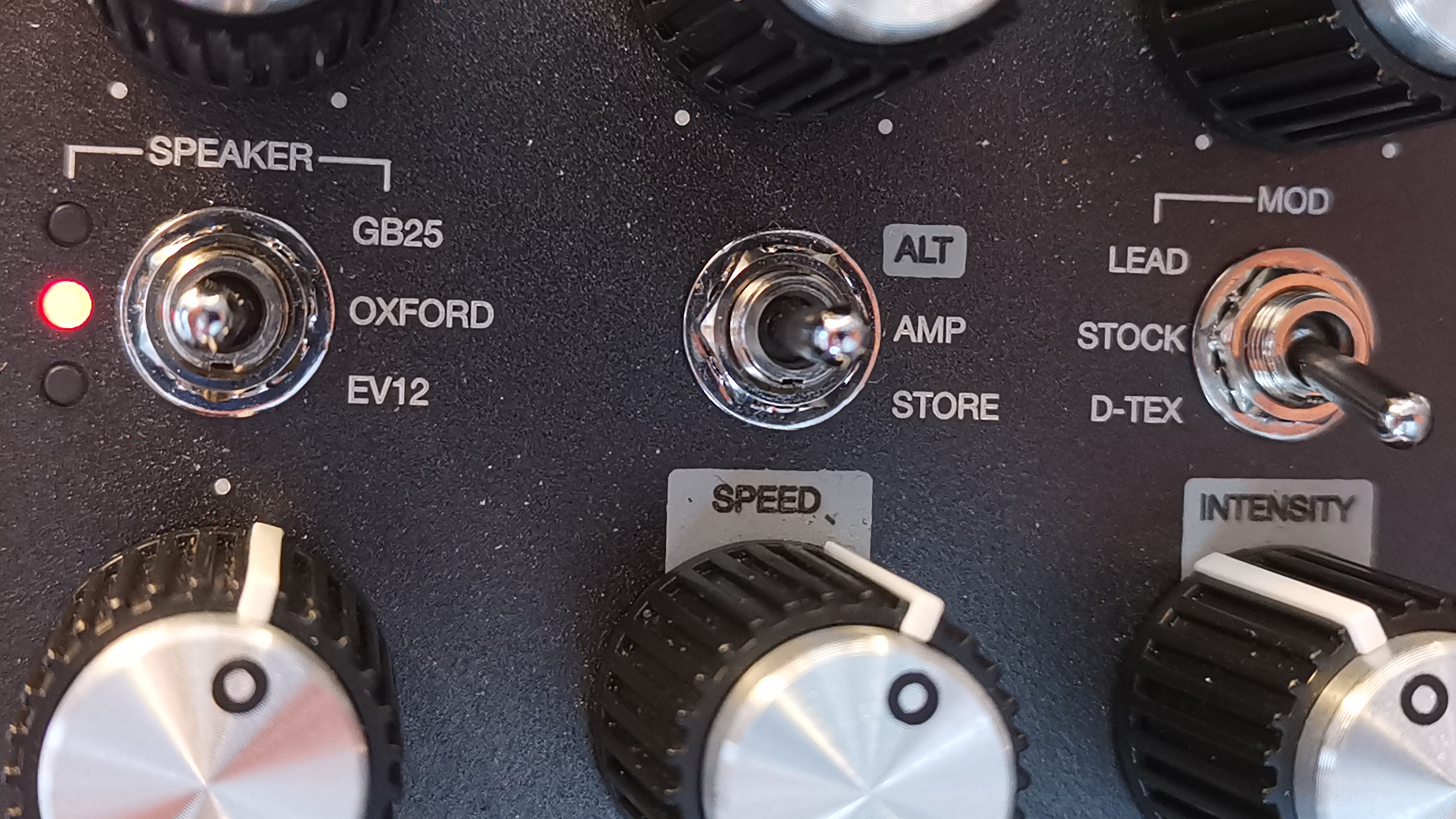
These can make the difference between the great and the good. While some preamp pedals are fine to plug into your existing guitar amp, if you want to go fully mobile you'll need to consider an amp pedal with its own speaker Impulse Responses (IRs). These are digital sonic snapshots of a specific mic'd amp and cab setup and are vital to recreating some the feel of a real amp's sound in modelled form. Having an onboard IR on your pedal amp will enable you to plug into a PA (no more carrying heavy cabs!) or your own FRFR (full range, flat response) active cab.
Giving players a choice out of the box is always a positive. Victory's V4 range are tube amp heads (the preamp stage anyway) in pedal form with six onboard IRs supplied by French company Two Notes. Universal Audio's UAFX amp emulator pedals feature up to six speaker simulations that were captured by the company in-house.
Other options like Strymon's Iridium enable you to upload third-party IRs – this offers players the chance to audition different options to suit their tastes. In the case of Walrus, it's taking IRs and ongoing support very seriously indeed; it's just offered a free firmware update for owners of its ACS1 amp pedal to use new custom IRs created by Tone Factor – and it's also redesigned the three amp models on the pedal "from the ground up." Impressive stuff.
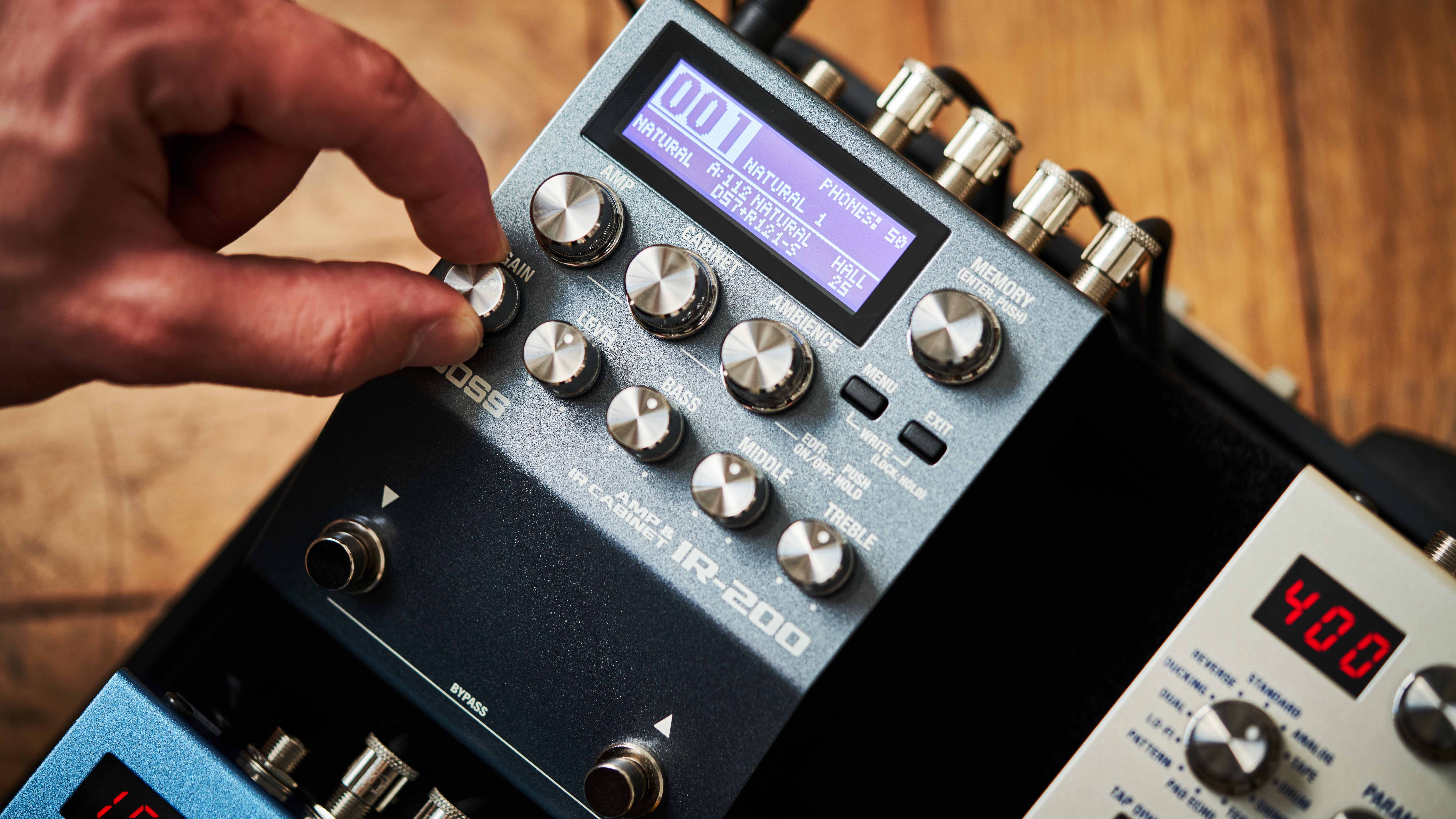
Having more than one virtual cab option on the amp pedal is preferable because options are always welcome. But it's not the only way to get options; TC Electronic offers one with its Ampworx models but as some of the most reasonably priced amp pedals around, the money you save could go towards a separate IR loader, such as the excellent Boss IR-200 and Two Notes Torpedo CAB M / M+ models. The latter even offers four tube amp models too!
Get the MusicRadar Newsletter
Want all the hottest music and gear news, reviews, deals, features and more, direct to your inbox? Sign up here.
2. One amp… or three?
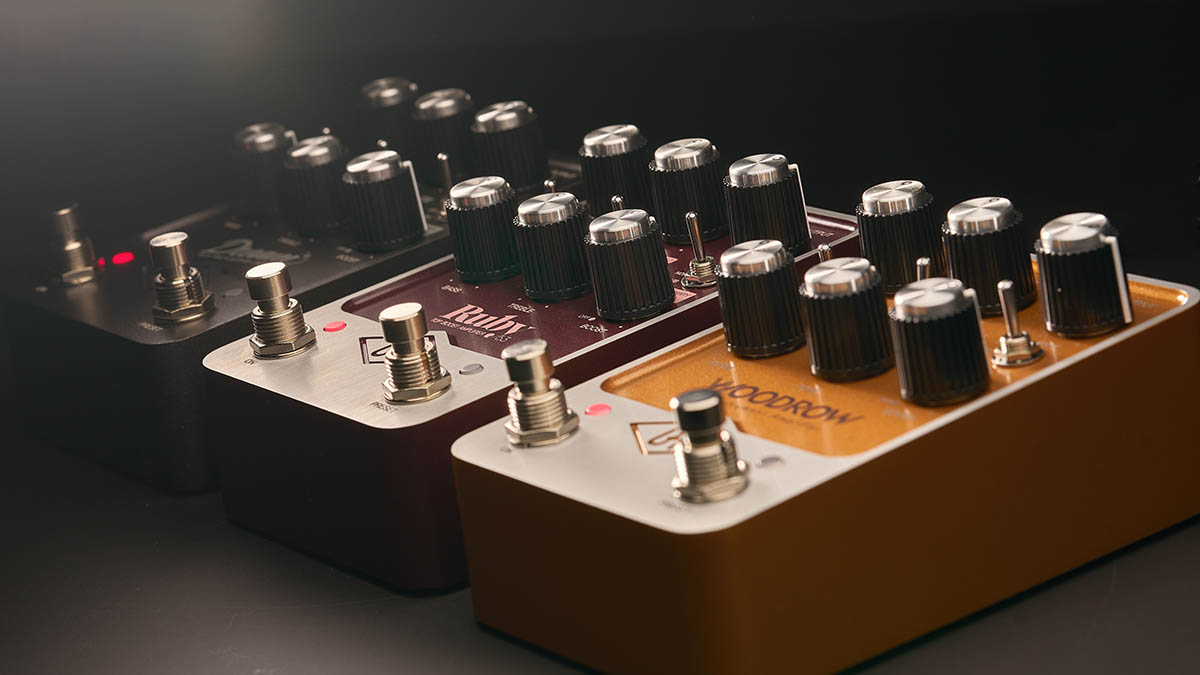
The phrase 'pedal platform amp' may seem a bit silly to some of you; because surely all amps are? But what it really means is how good an amp performs as a foundation; the option of high clean headroom for your overdrive pedals to thrive on without being overly coloured by the amp's own gain stages. But do you want that?
If you do, you'll want to gravitate to specific pedals; the Fender Deluxe Reverb apeing UAFX Dream '65 and TC Electronic Combo Deluxe 65 focus on a legendary studio amp with a wonderful clean tone and spring reverb. But both offer drive options too. The TC Ampworx JIMS 45 (seeking to emulate the legendary Marshall Bluesbreaker) also surprised us with its impressive clean capabilities and the Blackstar Dept 10 Amped 1 is a powerful lower gain platform that can also power your drive pedals too with 500mA of power draw capability to play with.
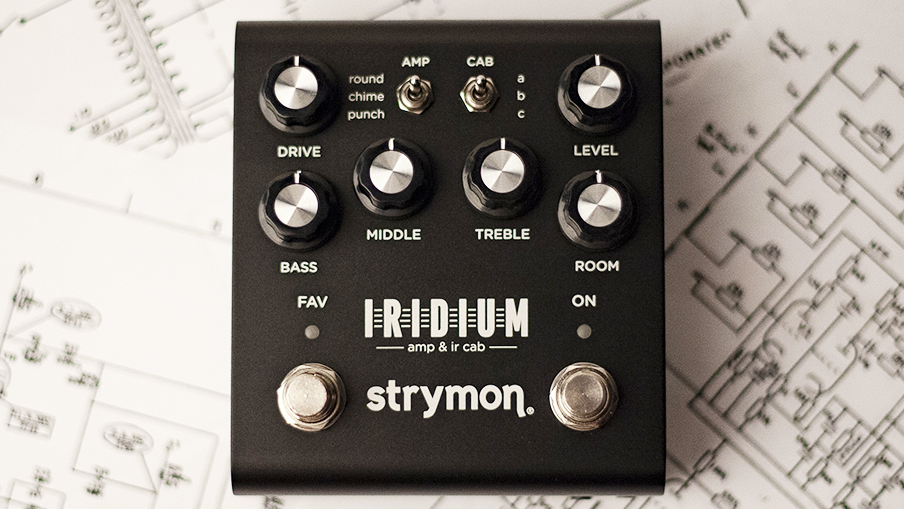
But why narrow your options? The Strymon Iridium and Walrus's ACS1 both offer three different models each, based on classic amps with specific tonal flavours including the Vox AC30, Fender Deluxe Reverb and iconic Marshalls.
3. Pedal placement
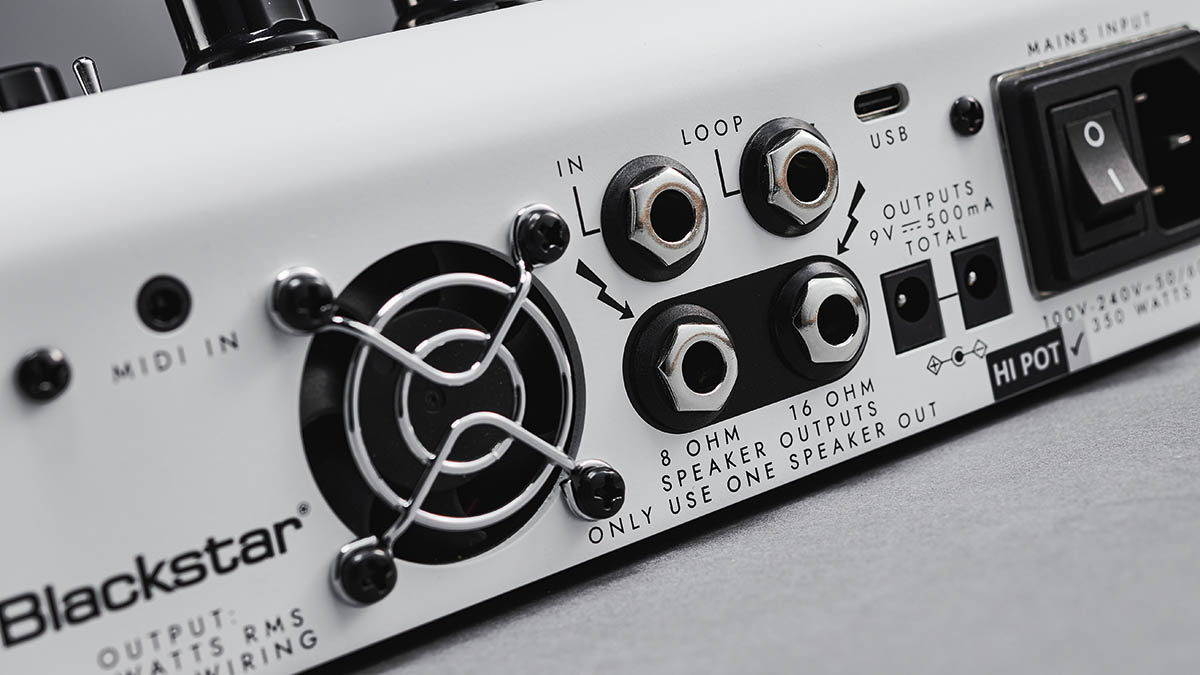
Some amp pedals (including Blackstar's Amped Series and Victories pedal amps) feature effects loops to enable players to place their time-based effects after the preamp circuit and this can allow time-based effects like delay and reverb to sound clearer. It's a matter of taste and some players may prefer not to use it. But what if your amp pedal doesn't have an effects loop?
You could experiment with placing your delay and reverb before and after your pedal amp in the signal chain. But there's a snag – if you're using an onboard IR cab simulation in the pedal itself you'd be placing those effects after it, which is not the same thing as an effects loop. But it's absolutely not necessarily a bad thing. Try it either way and judge for yourself with your effects – it's as easy as moving a couple of pedals and plugging them in again.
4. Extra features can change the way you use them
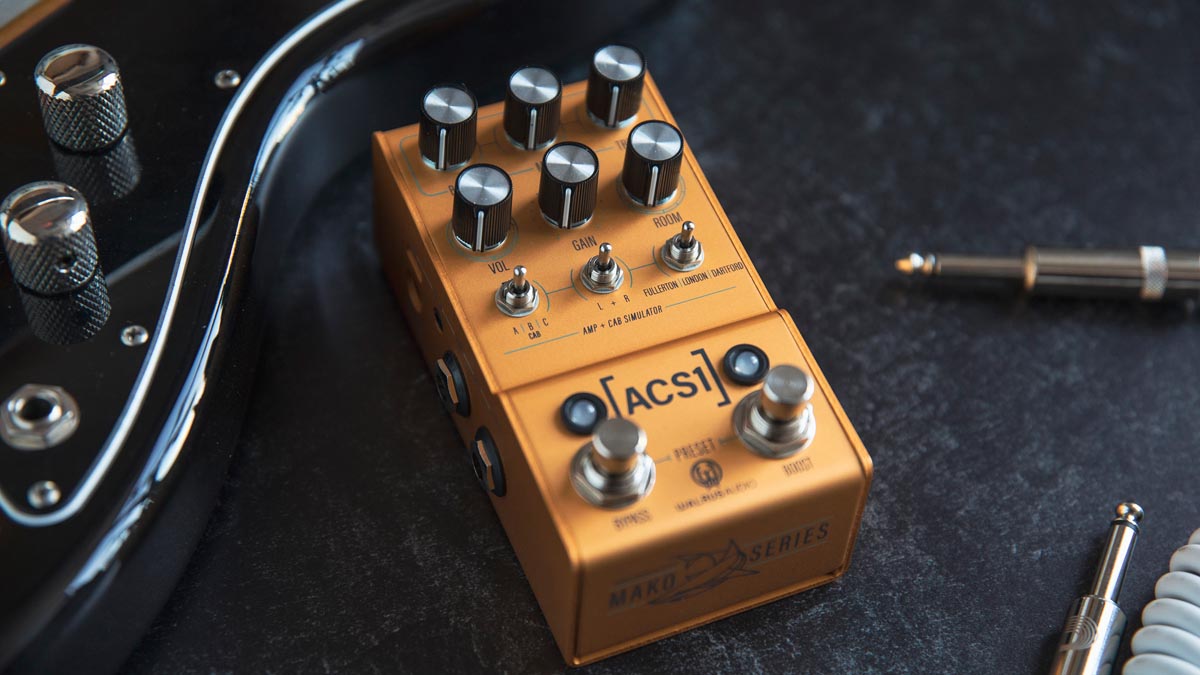
The usability of an amp pedal can hinge on the additional features it offers beyond the essentials. For example, the TC Ampworx, Strymon Iridium and Walrus ACS1 all offer dedicated 3.5mm headphone outs that makes them great for silent practice with your pedalboard (although you'll need to have your delay and reverb placed before them to get the full pedalboard experience).
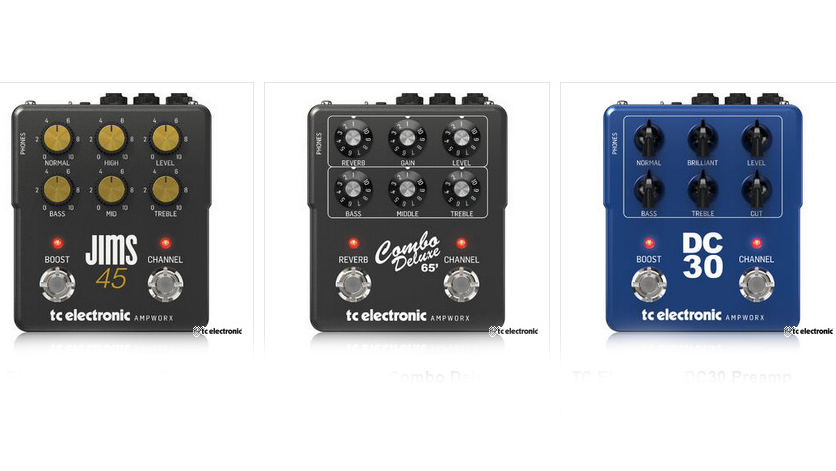
Elsewhere, Universal Audio's Dream '65 incorporates three different boost modes, alongside its inspiration's vibrato and spring reverb; potentially saving you a couple of extra pedals on the board. Some amp pedals, including the UA pedals and TC Electronic Ampworx, offer the ability to save the settings for one switchable channel; and then switch to a 'live' mode. This is great for a setup for second guitar – such as one channel for humbuckers and another for your single-coil guitar – but also an alternative tone within a song.
On the IR side, Blackstar's Dept 10 Amped and preamp pedal series has taken the concept even further with its CabRig software; enabling you to go in-depth editing everything from mic type to room size and storing three of your own CabRig presets to switch between on the pedal. Or you can switch it off if you want to use an external IR or go into an amp.
Four recommended amp pedals to try
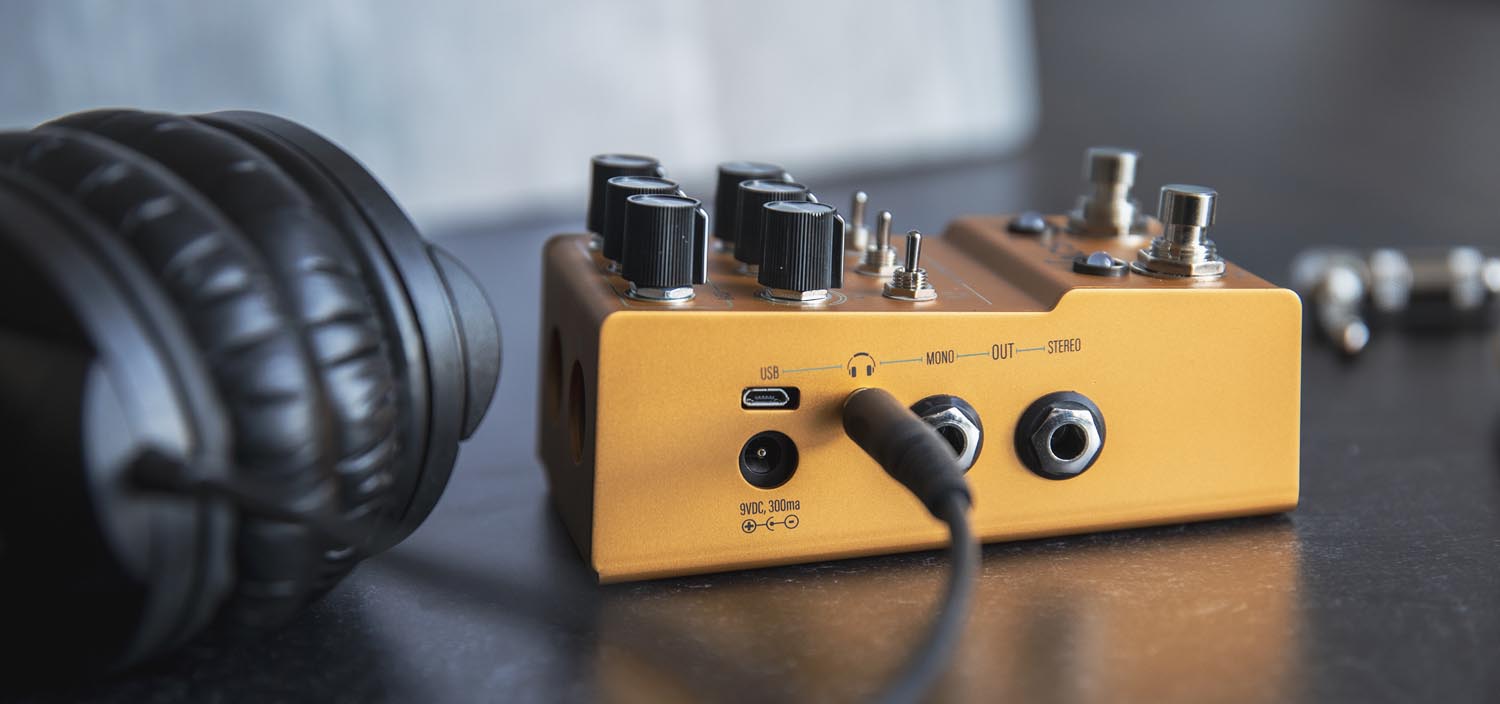
Universal Audio UAFX Dream '65
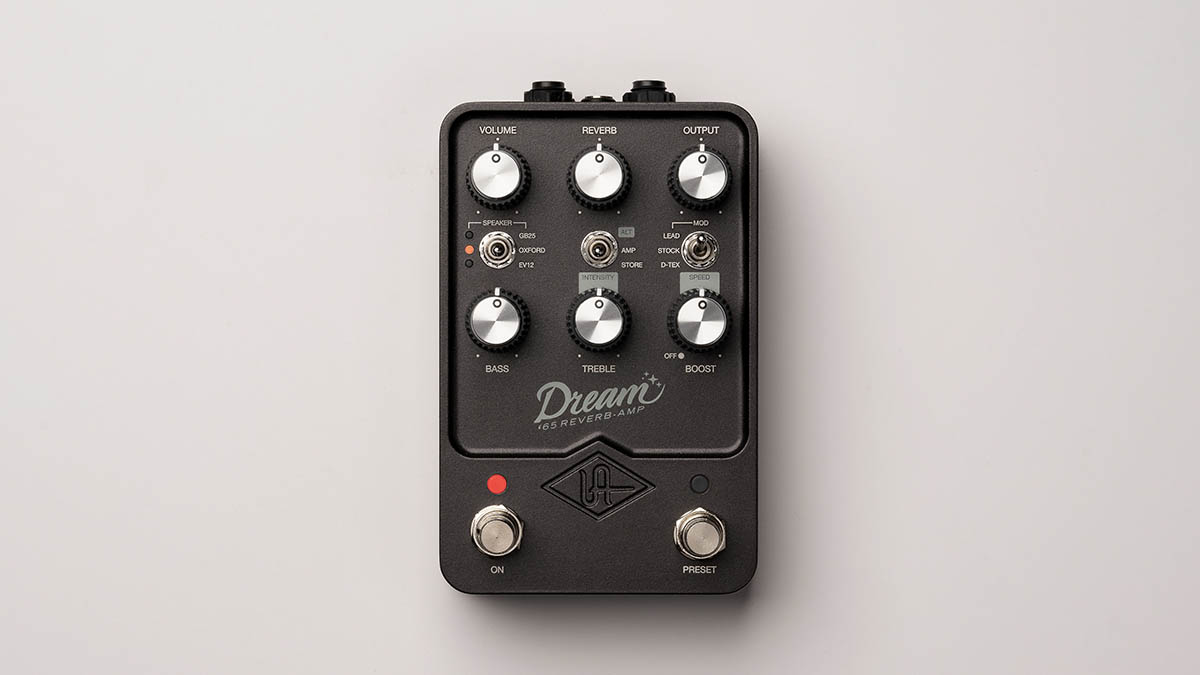
We keep coming back to this because it's not just the most authentic modelling of a Fender Deluxe Reverb amp that we've tried, but UA's treatment makes it work so well as a pedal alongside our other effects.
Alongside a benchmark rendering of Fender's spring reverb, you have a lush vibrato but it's the three distinct boosts and six speaker options that make this such a great stage and recording tool. We especially like the option to have switchable vibrato or reverb, but we prefer to use the preset switch for a whole second channel and different boost.
Universal Audio UAFX Dream '65 review
Blackstar Amped 3

All Blackstar's Amped series are recommended but the sheer amount of gain options here, alongside genuinely useful extras make the Amped 3 an easy win for those who want to go all-in on this format.
We've already mentioned CabRig, and the ability to power other pedals but the solid state Amped 3 also boasts the choice of different emulations of power amp valves, onboard reverb and three channels with two voices each. There's a lot of gain capability here with Clean, Crunch, Overdrive channels and a switchable boost.
Walrus Audio Mako Series ACS1 Amp + Cab Simulator
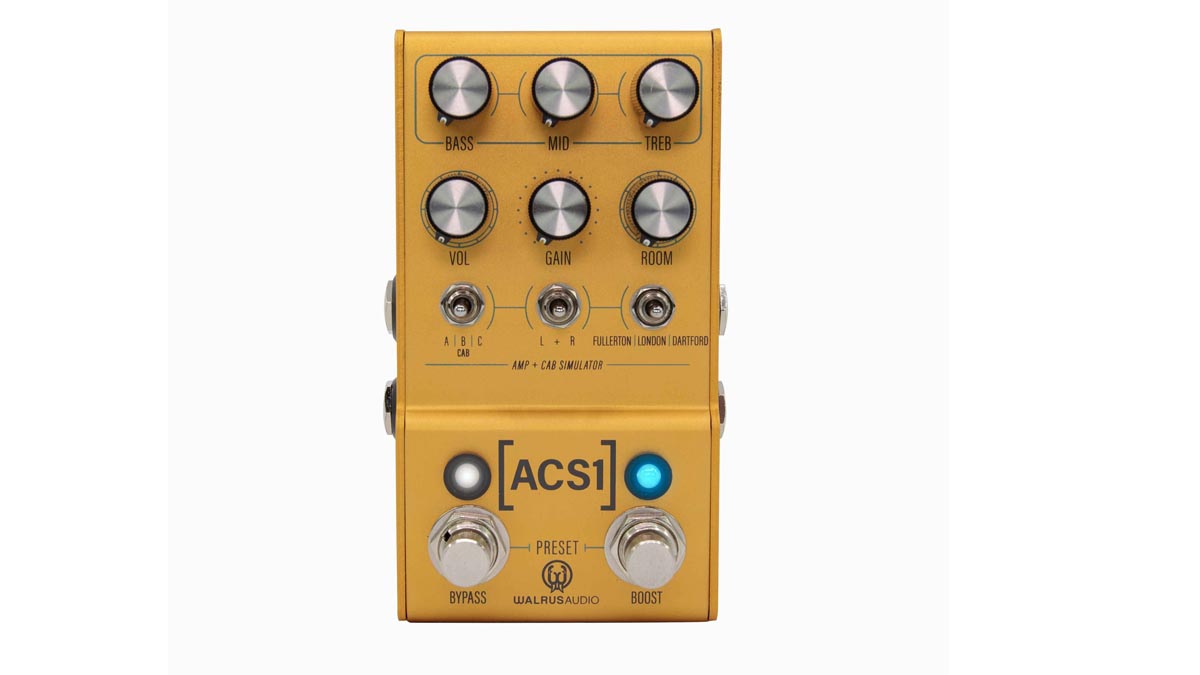
Walrus's ACS1 is three amp models (AC30, Deluxe Reverb and Marshall JTM50) in one pedal, along with cab IRs but the company has decided to completely overhaul the amp models, while adding Tone Factor IRs on its Update 2.0. Walrus's willingness to support its products with firmware has always impressed us, but this takes it to a new level.
The result isn't just an improved all-round experience with the amp models but the consensus suggests the ACS1 stacks with drive pedals better now. Plus, this pedal has one significant ace up its sleeve for us: you can use two different amp and cab models in stereo if you want!
Walrus Audio Mako Series ACS1 Amp + Cab Simulator review
TC Electronic Ampworx JIMS 45
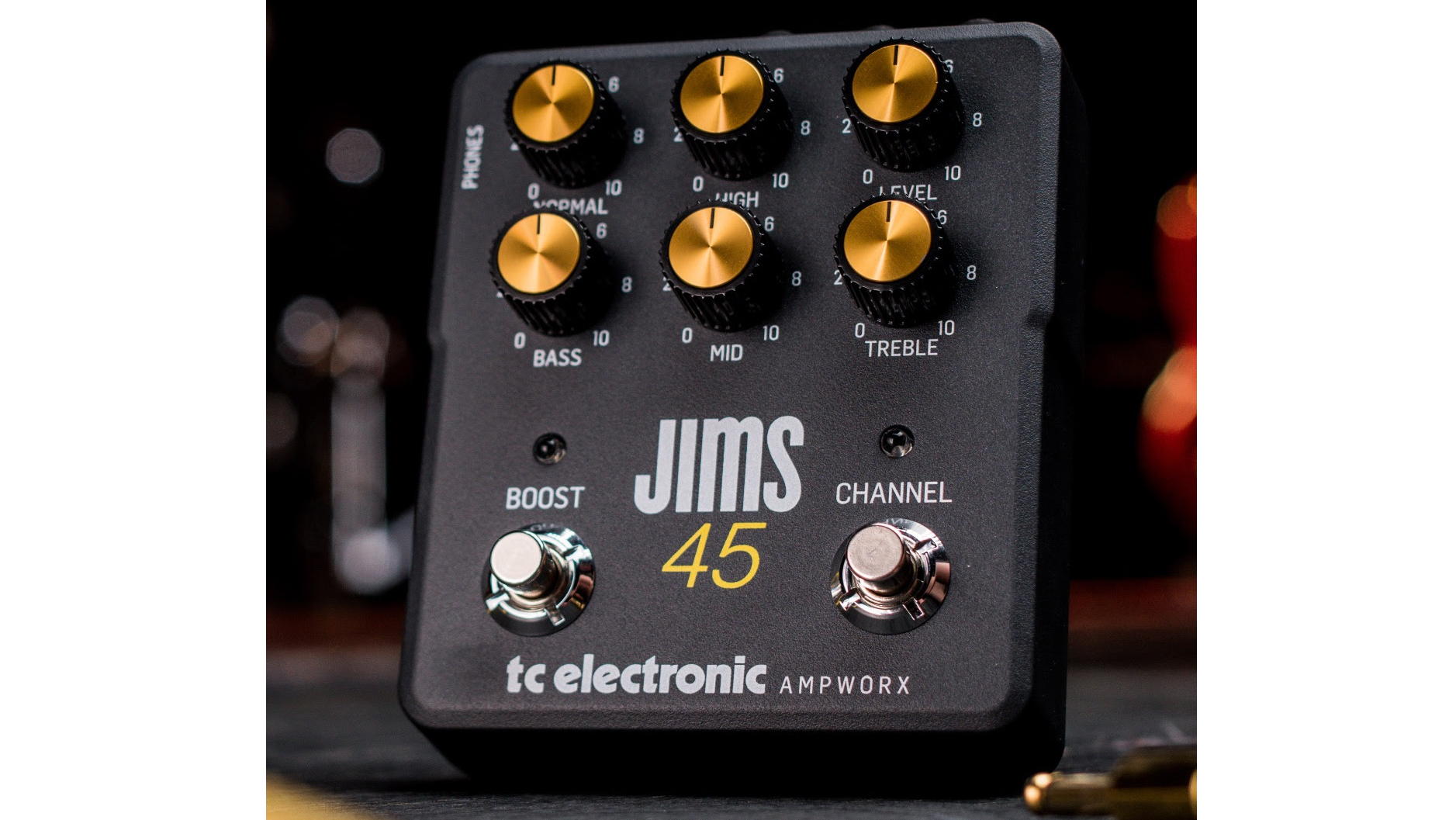
The reasonable price here and simplicity make this JTM45-inspired model a great entry-point in the world of amp pedals, but this is a serious contender too. Its clean tones impressed us as a platform but the overdrive capabilities did not disappoint.
The onboard boost can be set pre- or post-preamp and there's a presence dial too for added tweaking. Players can set one channel as a preset as well, with a headphone output rounding out a value-packed pedal.

Rob is the Reviews Editor for GuitarWorld.com and MusicRadar guitars, so spends most of his waking hours (and beyond) thinking about and trying the latest gear while making sure our reviews team is giving you thorough and honest tests of it. He's worked for guitar mags and sites as a writer and editor for nearly 20 years but still winces at the thought of restringing anything with a Floyd Rose.
“Its mission is simple: unleash the power of any amplifier or line-level source without compromise”: Two Notes promises a “watershed” in tube amp control with the Torpedo Reload II
“A pedal that sings with harmonic richness and blooming touch response”: Tone King offers up boutique tube amp tones for your pedalboard with the Imperial Preamp









